
February 23, 2008
Look, to be honest, I love field guides.
I don’t merely have a shelf of field guides. I literally have a bookcase full of them, over a hundred different titles. With more in storage. I have such a passion for them, I wrote a couple and am planning on more.
But what do we do with all of them?

I recently saw this amusing photo on a bird books digest forum, with that birdwatcher out in the field with an armful of field guides. It is a paradox, indeed. You want to take field guides with you into the bush, but they can’t become a barrier to your pursuit of the wildlife.
Have you every heard of the University of Illinois’ unique online location, the International Field Guides, which is a searchable website?
The site merges the book A Guide to Field Guides: Identifying the Natural History of North America by Diane Schmidt, Biology Librarian at the University of Illinois, and its companion Web site International Field Guides. After the publisher returned copyright to the book to Diane Schmidt, she decided to combine the two products and create a searchable database of field guides for plants, animals, and other objects in North America and around the world. Except where noted on her site, all guides listed there were personally examined by Ms. Schmidt.
In general, in the larger world of field guides, you have to make choices. So let’s take a quick journey of various published field guides.
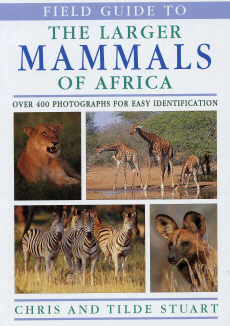
Field guides can be very specific or extremely generic.
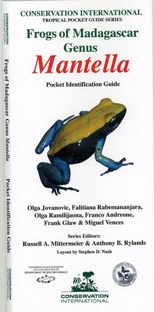

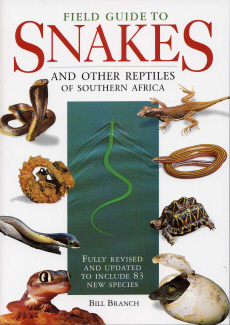
The choices are amazing out there. Some are very unique.
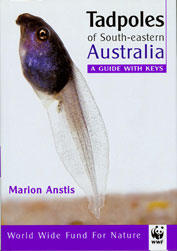
I tend to like mammal guide books because I enjoy studying mammals.


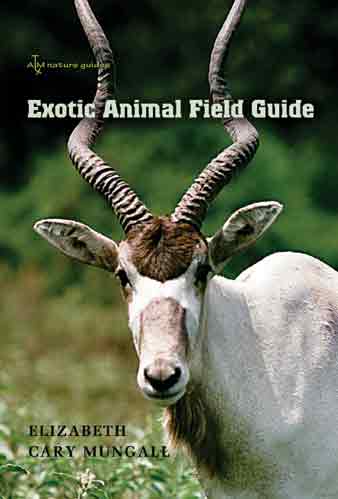
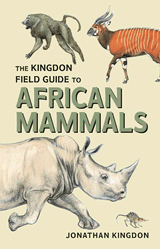
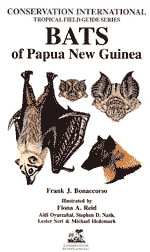
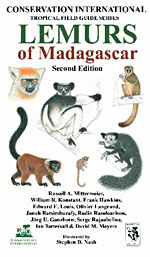
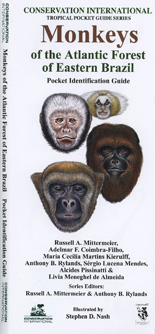
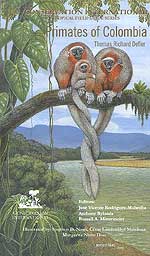
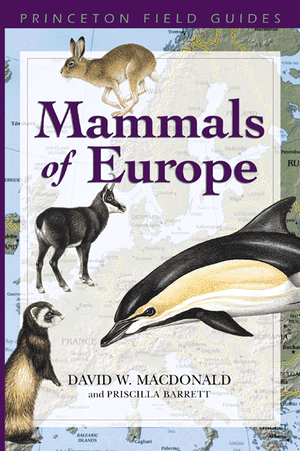
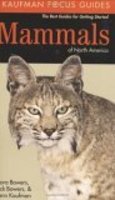
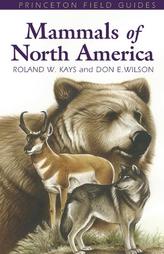
But, of course, bird guide books seem to the most numerous, with some narrower and narrower focussed populations.
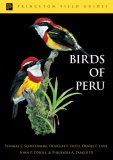
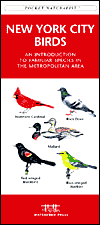
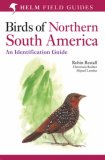
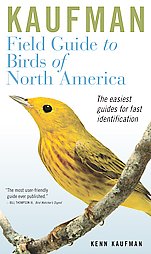
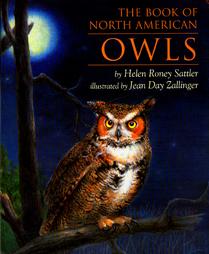

Mostly, the track and traces field guides are best for fieldwork, and the rest are great for reading at home and being selective about what to take with you.
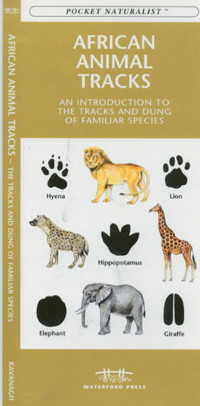
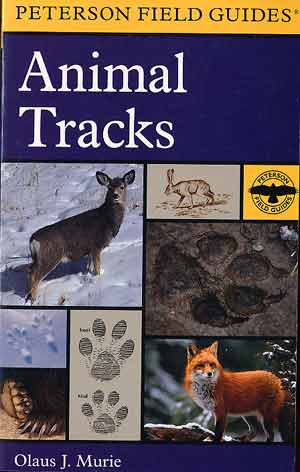
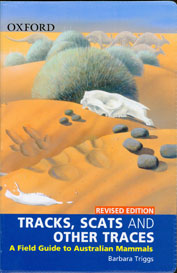
One of my favorites of all my field guides is Murie’s on animal tracks. My field-weary copy is not as clean and brand-new-appearing, as say, my field guide on lemurs (which I read in the quiet of my small book room) – for obvious reasons.
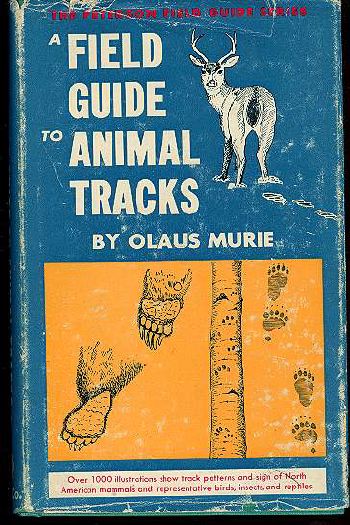
Within cryptozoology, there are only a limited number of choices, so there’s less a chance to be overburden with field guides. It makes me happy every time I hear that someone has actually used one of my field guides on an expedition. When I update the field guides, I list all the places that specific guide has been taken afield. And by whom. (Tell me of any such uses you know about, please.)
So far, my and Patrick Huyghe’s The Field Guide to Bigfoot and Other Mystery Primates has gone the most places ~ throughout North America and into the rainforests of Africa and Oceania ~ often being employed by researchers as a visual aid for use with indigenous peoples.
This info has been rewarding to learn.

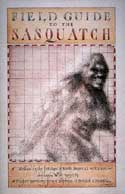
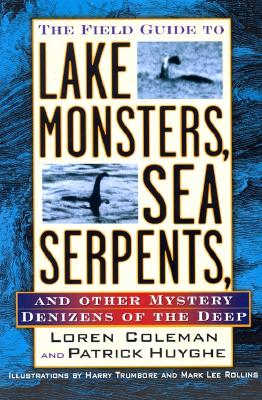
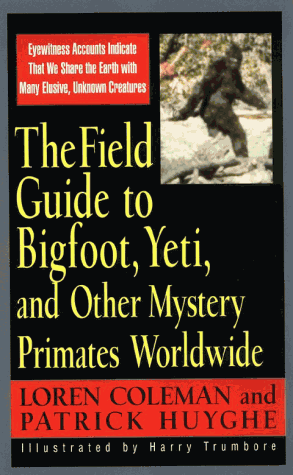
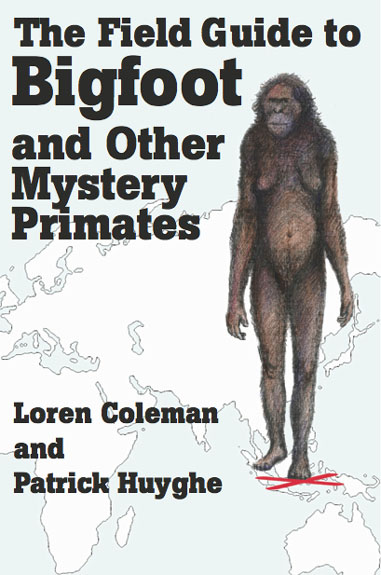
What are your favorite non-cz field guides?
About Loren Coleman
Loren Coleman is one of the world’s leading cryptozoologists, some say “the” leading living cryptozoologist. Certainly, he is acknowledged as the current living American researcher and writer who has most popularized cryptozoology in the late 20th and early 21st centuries.
Starting his fieldwork and investigations in 1960, after traveling and trekking extensively in pursuit of cryptozoological mysteries, Coleman began writing to share his experiences in 1969. An honorary member of Ivan T. Sanderson’s Society for the Investigation of the Unexplained in the 1970s, Coleman has been bestowed with similar honorary memberships of the North Idaho College Cryptozoology Club in 1983, and in subsequent years, that of the British Columbia Scientific Cryptozoology Club, CryptoSafari International, and other international organizations. He was also a Life Member and Benefactor of the International Society of Cryptozoology (now-defunct).
Loren Coleman’s daily blog, as a member of the Cryptomundo Team, served as an ongoing avenue of communication for the ever-growing body of cryptozoo news from 2005 through 2013. He returned as an infrequent contributor beginning Halloween week of 2015.
Coleman is the founder in 2003, and current director of the International Cryptozoology Museum in Portland, Maine.
Filed under Abominable Snowman, Almas, Artifacts, Bigfoot, Books, Breaking News, Cryptomundo Exclusive, Cryptotourism, CryptoZoo News, Cryptozoologists, Cryptozoology, Evidence, Footprint Evidence, Homo floresiensis, Lake Monsters, Living Dinosaurs, Loch Ness Monster, Sasquatch, Sea Serpents, Skunk Apes, Swamp Monsters, Windigo, Yeren, Yeti, Yowie